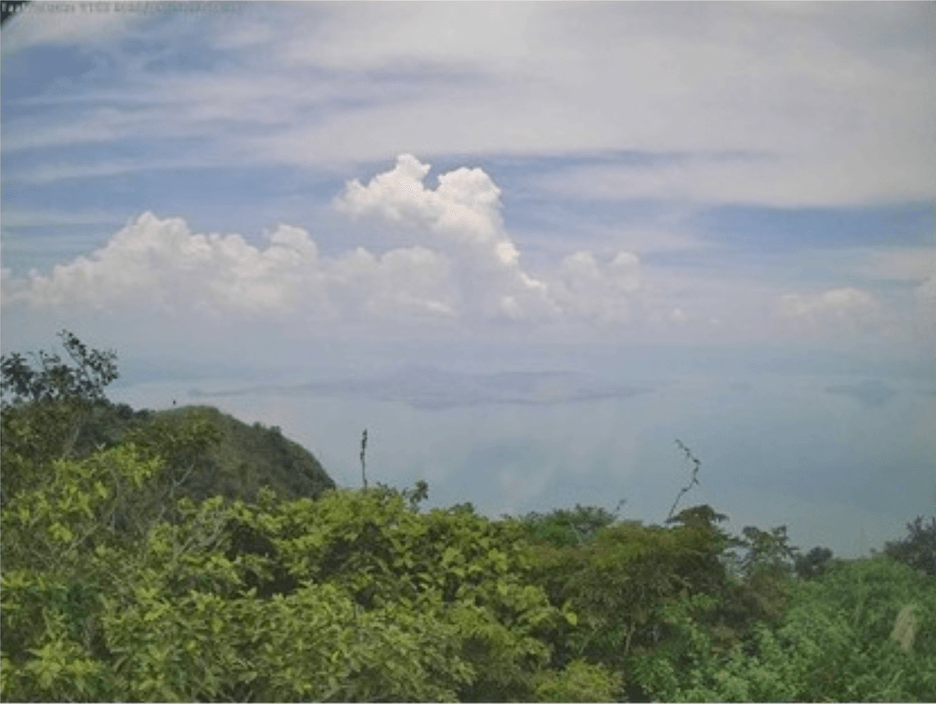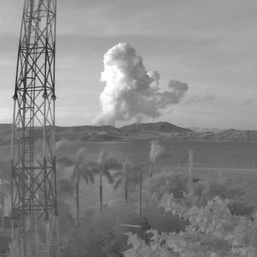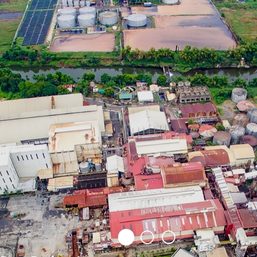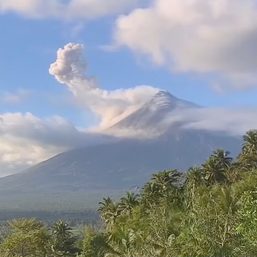SUMMARY
This is AI generated summarization, which may have errors. For context, always refer to the full article.

MANILA, Philippines – Taal Volcano’s sulfur dioxide (SO2) levels remain elevated, leading to persistent volcanic smog or vog.
On Thursday, September 21, SO2 emissions from Taal’s main crater hit 4,569 tons per day.
“Vog has been affecting the Taal region [in Batangas] since the first week of September 2023 as an average of 3,402 tons per day…has been degassed from Taal Volcano for the month,” said the Philippine Institute of Volcanology and Seismology (Phivolcs) in an advisory on Thursday.
“Satellite monitors have also detected a large cloud of SO2 over and stretching west of Taal Lake today,” added Phivolcs.
SO2 is a major gas component of magma.
Steam plumes 2,400 meters high were also observed due to upwelling at the Taal Main Crater Lake. Upwelling refers to the rising of liquid to the surface.
Phivolcs reminded the public that vog “consists of fine droplets containing volcanic gas such as SO2 which is acidic and can cause irritation of the eyes, throat, and respiratory tract.”
People with respiratory and heart illnesses, the elderly, pregnant women, and children are most vulnerable to vog.
Phivolcs advised those affected by vog to stay indoors, shut doors and windows, use N95 face masks, and seek medical help if needed.
Acid rain is also possible “during periods of rainfall and volcanic gas emission.” This could damage crops and metal roofs of houses and buildings.
Taal has been under Alert Level 1 or “in abnormal condition” since July 11, 2022. Phivolcs reiterated on Thursday that the volcano’s status could be raised to Alert Level 2 if monitoring parameters worsen.
Entry into Taal Volcano Island, a permanent danger zone, remains prohibited. – Rappler.com
Add a comment
How does this make you feel?










There are no comments yet. Add your comment to start the conversation.